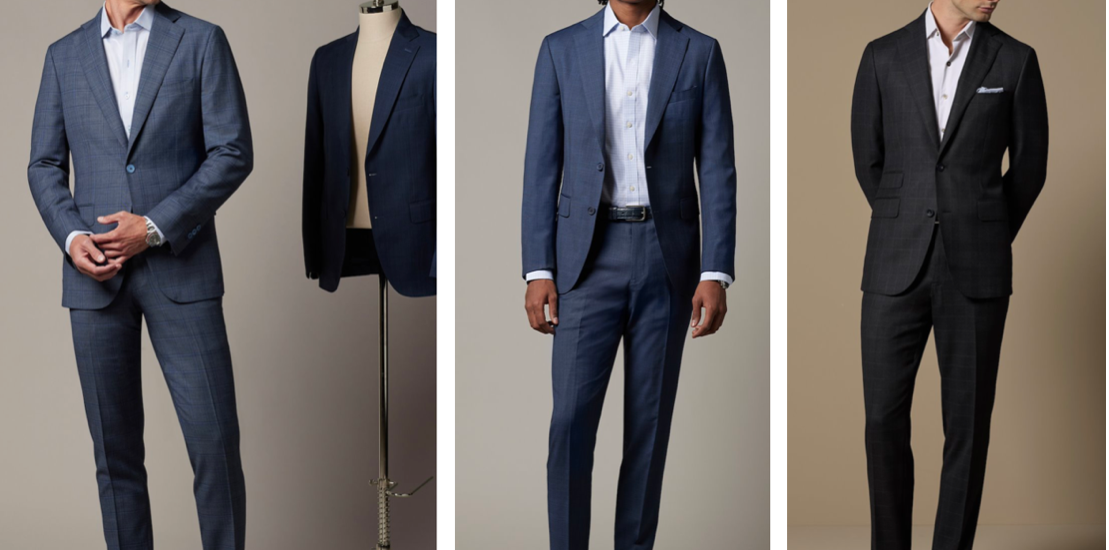I think a man wearing a good suit is truly wonderful. Tom Ford describes his personal attire as a form of respect for people around him and shows up as the very best version of himself. It is truly admirable, and a man who takes care of his appearance, no matter at what level, deserves applause and commendation for his effort in my book.
But what does a well-fitted suit actually look like? With so many different styles out there and encouraging individual taste, how do you guide a client to a fit that suits him but accounts for your own consult and guides him towards the best version of himself? The suit offers a universe of tailoring options within its tradition, and clients may have personal preferences, but as a good stylist, you should strive to guide your clients toward fits that improve his appearance. To help you, here are some of my own personal codes for fitting a suit well to achieve balance and harmony between the body and the clothes.
|
Most men are not looking for form-fitting suits, no matter their budget nor the fact that most suiting fabrics have stretch or mechanical stretch built into the weave of the cloth. The Stretch factor is added for comfort and not necessarily for going down a size. There seems to be a misconception that gym bodies look better in snugger fit, but you should guide these clients away from this adding balance and comfortable distance between his biceps and the sleeve of his jackets.
The “A” frame guy tends to have less shoulder so a more built-up shoulder that you find in our Standard construction helps correct an unwanted slope and is balanced through the sleeve head to improve the square of the shoulder line. The opposite is also true that our deconstructed shoulder works well with more built-up shoulder bones or what we refer to as a “T” shape, which the shoulder roll adjustment will help, too, in some cases. Having a balanced shoulder will help the whole balance of the suit and how it falls over the chest and back of the body. |
The sleeve should skim the arm, leaving moderate space for movement throughout, as should the whole body of the sportscoat. The taper of the waist shouldn’t be exaggerated either and should not be nipped. Most Italians will tolerate an inch or two of movement with the front button closed, and I could understand perhaps slightly more for a more portly shape, but in any less may result in pulling or what I call the starfish effect of the front when the sportscoat is closed.
Trousers should be tapered, and whilst most men’s ankles are a narrow point, take into account the client’s calf, as too narrow a hem width will affect the shape of the taper and result in pulling and rising above the calf as a man walks and sits in his trousers. Length is the other key to looking good and avoiding a large break with that bunched-up look on the foot, which I think looks messy and shortens stature. Ideally, I hit exactly the bridge of the foot without a break, and I prefer to go ½ inch shorter if necessary for a clean, well-shaped leg, as trousers tend to sit naturally a little lower throughout the day. |
|




